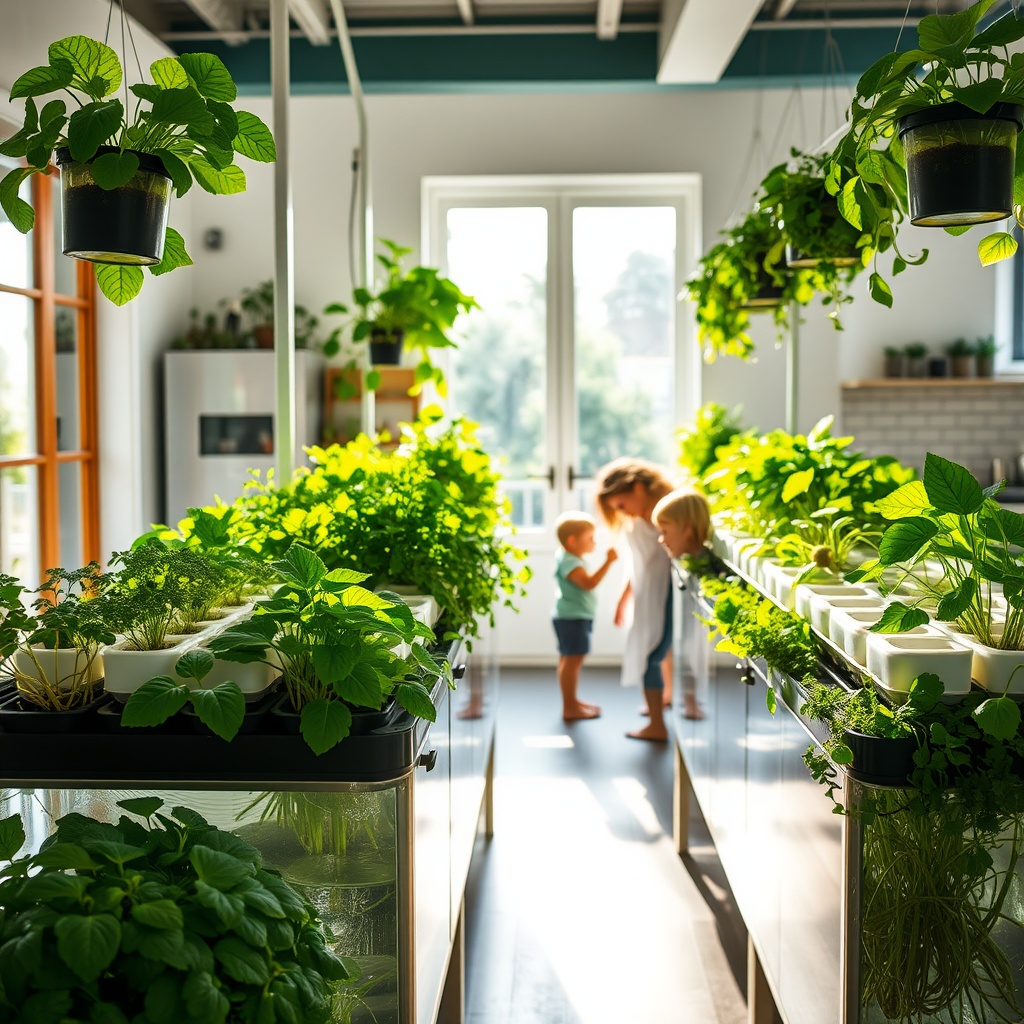In a world increasingly fraught with environmental crises, geopolitical tensions, and economic instability, food security has emerged as a pressing concern for many households. As the specter of food shortages looms larger, individuals and families are seeking innovative solutions to ensure their access to fresh, nutritious produce. One such solution gaining traction is home hydroponics—a method of growing plants without soil. This article delves into how food security concerns are driving the surge in hydroponic systems at home.
Hydroponics: A Garden of Possibilities
Hydroponics is not merely a gardening technique; it’s a revolutionary approach to food production that allows individuals to grow their food indoors or in limited spaces. With concerns over the safety and availability of store-bought vegetables and herbs, many are turning to hydroponic systems as a reliable alternative. These systems can produce crops year-round, irrespective of external conditions, providing peace of mind amidst a climate of uncertainty.
Why Home Hydroponics? The Compelling Reasons
As households grapple with the implications of food insecurity, several compelling reasons have emerged for adopting home hydroponic systems:
- Self-sufficiency: Hydroponics empowers individuals to take control of their food sources, reducing dependence on grocery supply chains that may falter in times of crisis.
- Freshness and Quality: Home-grown produce is often fresher and tastier than store-bought options, providing not just sustenance but also a sense of culinary satisfaction.
- Space Efficiency: Hydroponic systems can be set up in small areas, including apartments and balconies, making them accessible for urban dwellers.
- Reduced Environmental Impact: Hydroponics uses significantly less water than traditional farming methods, aligning with sustainability goals in an era of climate awareness.
Challenges and Considerations for Aspiring Hydroponic Farmers
While the allure of home hydroponics is undeniable, potential growers must also navigate several challenges. Understanding the initial setup costs, maintenance requirements, and the learning curve associated with managing a hydroponic system is crucial. However, with the right resources and community support, these hurdles can be surmounted, leading to a rewarding and fulfilling gardening experience.
In conclusion, as food security concerns continue to shape our world, home hydroponics presents a feasible and attractive solution for many. By fostering self-sufficiency and promoting sustainable practices, individuals can not only secure their food supply but also contribute positively to their communities and the environment.




